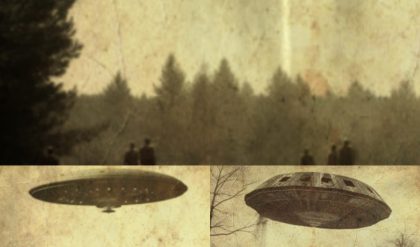Centaurs, mythical beings with the upper body of a human and the lower body of a horse, pose an intriguing question regarding organ distribution. Given their unique anatomy, it’s natural to wonder whether centaurs would distribute organs more like humans or horses.
Considering the humanoid upper body of centaurs, it’s plausible to assume that they would have organ systems similar to humans. This would include organs such as the heart, lungs, liver, and kidneys, which are vital for sustaining life in mammals. These organs would likely be distributed within the chest and abdominal cavities of the human-like torso.

However, the horse-like lower body of centaurs introduces some complexities. Horses have a different anatomical structure compared to humans, with their organs positioned differently within their bodies. For example, the horse’s large digestive system, including the stomach and intestines, is located within its abdomen and extends down into its hindquarters.
In the case of centaurs, it’s conceivable that they might have a hybridized organ distribution, with some organs situated in the human-like torso and others extending into the equine lower body. For instance, while vital organs such as the heart and lungs would likely be housed within the chest cavity, the digestive organs might extend into the horse-like abdomen and hindquarters.
Ultimately, the distribution of organs in centaurs would likely be a blend of human and horse anatomy, reflecting the unique combination of their physical traits. While speculative, imagining the biological intricacies of mythical creatures like centaurs can spark fascinating discussions about anatomy, physiology, and the intersection of myth and science.





